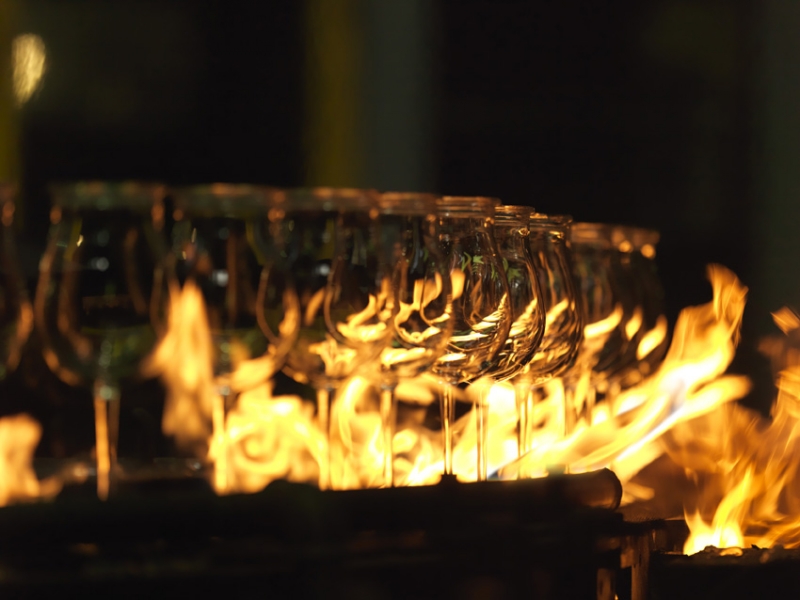30 May 2023
FIDENZA PRODUCTION PLANT: THE PRIMUS PROJECT CONTRIBUTES TO THE DECARBONISATION OF THE PRODUCTION OF HIGH-QUALITY CRYSTAL GLASS.
The PRIMUS project will deliver an innovative combination of crystal glass furnace technologies to improve energy efficiency and reduce GHG emissions. The innovations will include furnace electrification, and an innovative waste heat recovery solution related to the furnace channels, regenerative burners and the exhaust furnace gas. The project will be developed in the Fidenza plant in Italy and will contribute to the decarbonisation of the production of high-quality crystal glass, through the electrical hybridisation and energy efficiency measures. Among the outcomes of the Bormioli Rocco solution is a significant reduction of GHG emissions, with an expected relative emission reduction of about 28% compared to the reference scenario.
The project will be the first application of hybridisation in this specific sector. Electrodes will be used in the furnace, allowing part of the fuel to be substituted with electricity. This will result in a significant reduction in direct methane consumption, and therefore in a remarkable cut to the emissions of the plant.
GHG reduction is also achieved due to the waste heat recovery system and the use of regenerative burners in the “channel” section of the plant. The ceramic heat regenerators enable the recovery of 85-90% of heat from the waste gases and a fuel consumption reduction of up to 45%. This represents a first-of-a-kind application of this technology in the glass sector, optimising the energy efficiency of combustion. As well as the regenerative burners, a waste heat recovery system from the exhaust furnace gases will be installed. This will allow a major reduction to the methane consumption in the plant, which is used for the heating and hot water production.
Across the whole plant, PRIMUS uses these pillars to cut CO2 emissions from methane combustion from 6.8 to 2.6 tonnes CO2equivalent. This is a remarkable result for such a hard-to-abate sector. In this way, over the first ten years of operations, the plant will have an absolute GHG reduction of about 42 000 tonnes CO2 equivalent.
